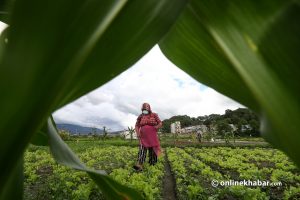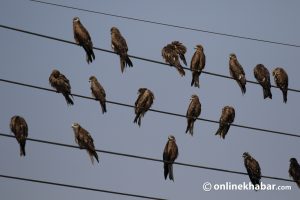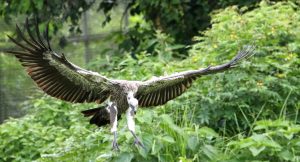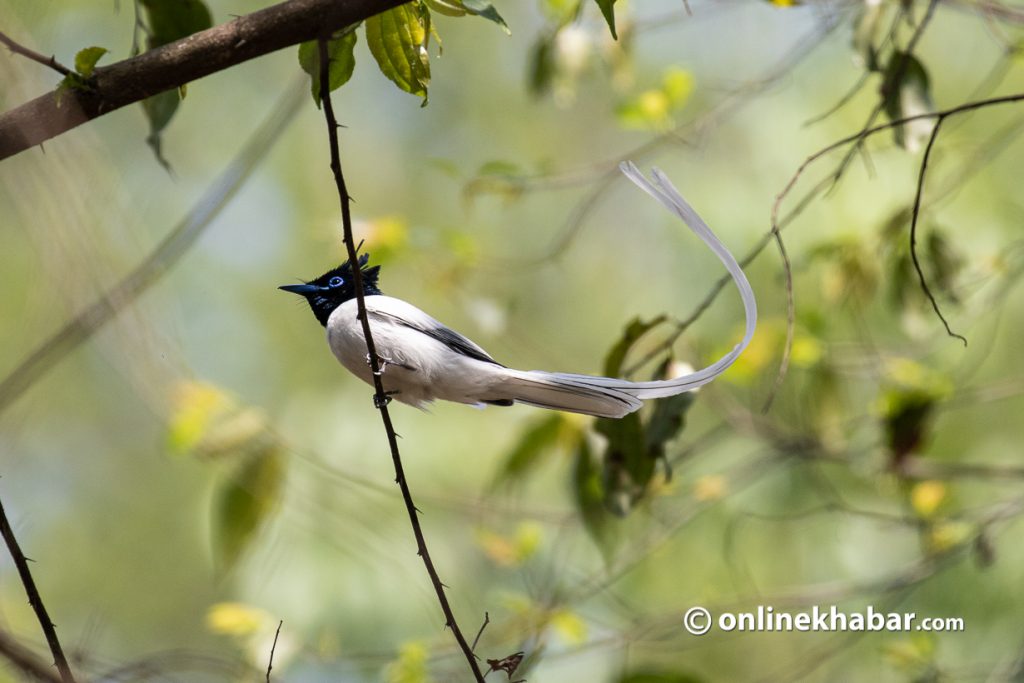
The world is grappling with a monumental challenge: climate change. Unusual weather patterns, prolonged droughts, unpredictable temperature fluctuations, and the distressing melting and fragmentation of glaciers are not only disrupting ecosystems but also unsettling one of Earth’s most cherished creatures — birds.
These enchanting creatures have a unique ability to capture our attention. Whether they are roosted on our home balconies or thriving in dense forest vegetation, birds are an integral part of our lives.
However, the harsh reality is that we are losing bird species at an alarming rate due to climate change. Over the past two centuries, we have lost 103 bird species. This loss is not just a statistic; it represents the irreplaceable disappearance of unique and beautiful creatures from our planet. Avian populations have been negatively impacted by habitat loss, degradation, fragmentation, overexploitation, and the introduction of alien species.
Yet, climate change emerges as one of the most significant and pervasive threats, pushing many species to the brink of survival. Climate change has dramatically shifted the distribution of various bird species, pushing them towards higher altitudes and poles in search of suitable habitats. The transformation of habitats brought about by climate warming poses a critical challenge to the survival of certain bird species.
One of the most observable impacts of climate change on birds is the alteration of breeding and migration patterns. Birds rely on precise timing to coincide with the availability of food resources. However, warming temperatures are causing earlier springs, leading some birds to lay their eggs before their primary food sources are available.
This mismatch disrupts the delicate balance of nature and endangers nestling survival rates. Migration paths are also being affected by climate change. Shifts in temperature and weather patterns can alter traditional migration routes, affecting the timing and success of these incredible journeys.
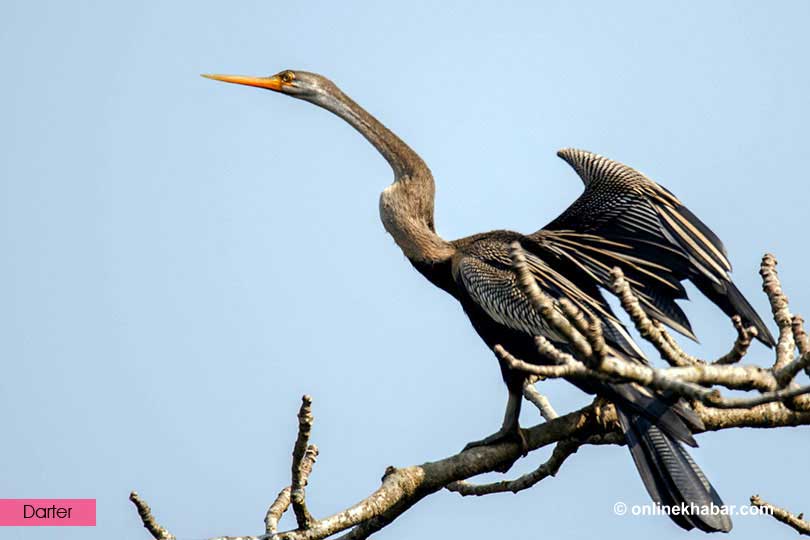
Furthermore, an increase in the depth of snow cover during winter can lead to hardships for bird species, reducing their survival rates due to snow-covered foraging grounds.
Climate change’s impact extends beyond altering migration and breeding patterns. It also leads to changes in the distribution and geographical range of bird species. This, in turn, reduces population sizes and species diversity, increasing the risk of extinction. Additionally, climate change is causing some birds to lay their eggs earlier than usual, disrupting the synchrony between hatching and the availability of food.
Scientists have used satellite tracking techniques to uncover the impact of temperature changes on bird behaviour. For example, temperature shifts are believed to be the main driving force behind the migration of song cranes.
Furthermore, climate change-induced habitat variations have heightened the risk of avian diseases, such as avian influenza (H5N1), further threatening bird populations. Considering these alarming developments, there is an urgent need for effective bird conservation to reverse this trend of decline.
To reduce the magnitude of climate change’s impact on birds, several key actions should be taken as follows:
- Carbon emission reduction: Increased temperatures resulting from carbon emissions significantly affect the distribution of migratory birds. It is imperative to reduce carbon emissions to mitigate this impact.
- Invasive species control: Invasive species can disrupt ecosystems and pose a threat to native birds. Managing and controlling invasive species can help protect the habitats and food sources that birds rely on.
- Habitat conservation and restoration: Protecting and restoring critical bird habitats is essential. This includes preserving natural areas such as forests, wetlands, and grasslands, which serve as breeding, feeding, and migration sites for many bird species.
- Community engagement: Engaging local communities in bird conservation efforts can lead to more sustainable practices, from bird-friendly landscaping to habitat restoration projects. It also fosters a sense of stewardship and ownership over conservation initiatives.
- International cooperation: Many bird species migrate across borders, making international cooperation essential. Countries can work together to protect critical stopover sites and ensure the conservation of migratory bird species.
- Climate-resilient land management: Land-use planning and management practices should consider the impacts of climate change on bird habitats. For example, creating wildlife corridors or protected areas, restoring wetlands to mitigate flooding, and planting native vegetation can help bird species move and adapt to new ranges as their current habitats change.
- Scientific research and monitoring: Continued research is essential to better understand how climate change affects specific bird species and ecosystems. This knowledge can inform conservation strategies and adaptive management practices. Monitoring bird populations and their behaviours can help detect early signs of climate-induced changes.
- Public awareness: Governments and organisations must conduct public awareness campaigns on climate change to educate and engage the public in addressing this crisis.
Birds have a profound relationship with humans. Their presence enriches our lives in countless ways, from their melodious songs to their captivating flights. It is our collective responsibility to act now to mitigate the stress that climate change imposes on these remarkable creatures.
Conservation efforts aimed at mitigating the impact of climate change on birds include the protection and restoration of critical habitats, the creation of migration corridors, and monitoring and research to better understand how specific species are responding to changing conditions.
Birdwatchers and citizen scientists also play a crucial role in tracking these changes and helping to inform conservation strategies. The fate of birds is intertwined with the health of our planet, and by protecting them, we ultimately safeguard our future.





